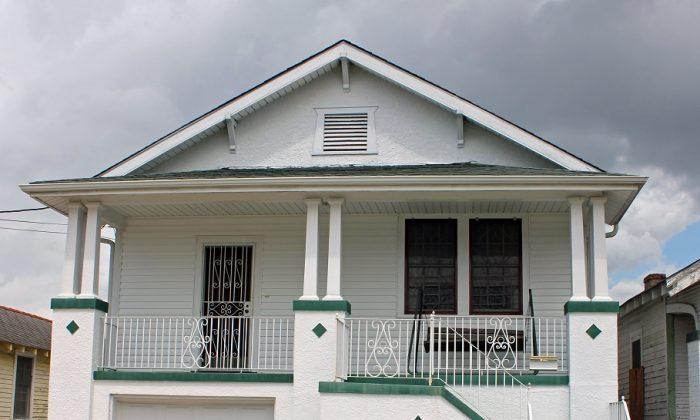Last Thursday, New York State announced a last-minute agreement between the teachers’ unions and the state which provided a new guideline for teacher evaluations. This was the second time reform laws were passed at the state level without changes actually taking place in the classroom.
One reason for changes not trickling down to the classroom is because school districts statewide must first develop locally specific measures. In simple terms, the builder (the state) is allowing the homeowner (the districts) to choose the paint color, the carpet color, and the wallpaper.
The first time the state gave the districts a blueprint was in May 2010. Returning to the metaphor, after a year of looking at paint samples, the districts could not decide on a color, so the State Board of Regents picked one for everyone. The state teachers union, United Federation of Teachers (UFT), unhappy with the board’s selection, sued. It wasn’t that they did not like the color, it was more the shade.
All parties involved announced a new plan on Thursday, effectively scrapping the original blueprint. The announcement was warmly received. However, according to the UFT website, there is no new teacher evaluation system in place in New York City.
“The current teacher evaluation system (S or U) remains in effect until we have negotiated all the remaining details of the new system.” The districts are back to negotiating paint colors.
Gov. Andrew Cuomo is giving each of the districts until Jan. 17, 2013 to not only pick the colors, but paint the walls if the schools want to qualify for an increase in school aid. The bill passed on Thursday also provides “bonus points” for districts that implement a new system by Sept. 1, 2012.
Unlike in 2010, the state and unions appear to be closer to getting the changes they passed implemented in the classroom. In the 2010 blueprint, the state proposed that standardized tests have a weight of 25 points with 15 points for locally developed measures. The new proposal gives a more agreeable 20 points for each.
The teacher’s appeal process for poor evaluation grades in New York City had been a roadblock in getting the 2010 plan into the classroom, however that issue is also addressed, and largely agreed upon by both sides. The UFT, in their Q&A on their website addressing the changes, called the appeals process “much fairer.”
Despite the agreement of this issue, the appeals process only “becomes effective on Jan. 17, 2013 if New York City and the UFT agree to an overall evaluation system,” according to a statement from Cuomo’s office.
A negotiation schedule between the city and the unions to negotiate the specific local measures was not provided by either party, however both appeared willing to come to the table and get a deal done.
Mayor Bloomberg said in a statement, “While there are still issues that the city and UFT will be discussing in order to finalize an evaluation system, this resolves the lion’s share of the most difficult issues.”
When contacted, the UFT, the NYC Department of Education, and Gov. Cuomo’s press office declined to comment or go on record outside of press releases and public statements.





Friends Read Free